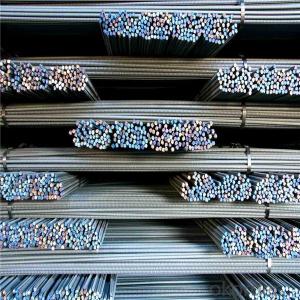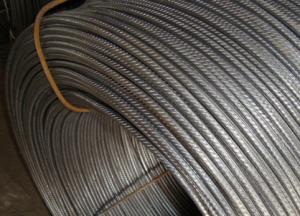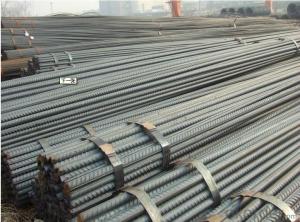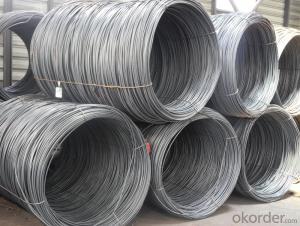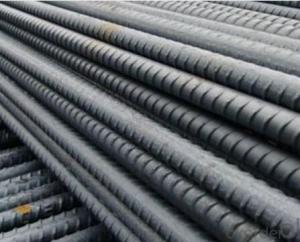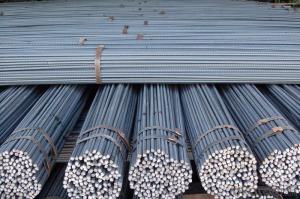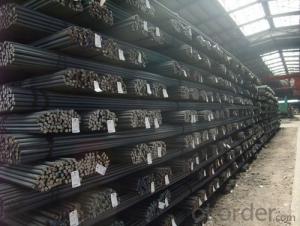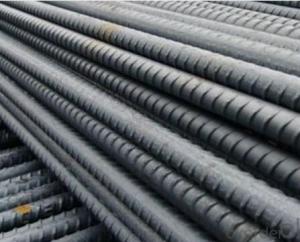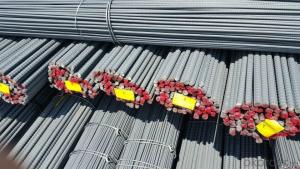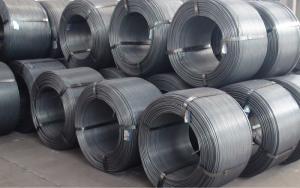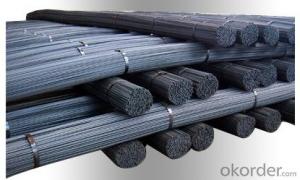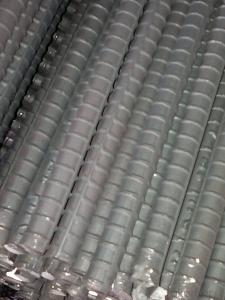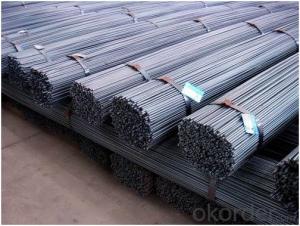All Categories
- - Steel Wire Rod
- - Steel Coils
- - Steel Profiles
- - Steel Pipes
- - Stainless Steel
- - Tinplate
- - Special Steel
- - Steel Sheets
- - Steel Rebars
- - Steel Strips
- - Hot Rolled Steel
- - Cold Rolled Steel
- - Pre-painted Steel
- - Seamless Steel Pipe
- - Welded Steel Pipe
- - Hollow Steel Tubes
- - Galvanized Pipe
- - Stainless Steel Coil
- - Stainless Steel Sheet
- - Stainless Steel Plate
- - Stainless Steel Strips
- - Electrolytic Tinplate Coil
- - Electrolytic Tinplate Sheet
- - Stainless Steel Rebars
- - Solar Panels
- - Solar Water Heater
- - Solar Related Products
- - Solar Inverter
- - Solar Cells
- - Solar Light
- - Solar Energy Systems
- - Solar Controllers
- - Solar Mounting System
- - Solar Pump
- - Solar Chargers
- - Fiberglass Chopped Strand
- - Fiberglass Mesh Cloth
- - Composite Pipes
- - FRP Pultrusion Profiles
- - Fiberglass Mat Tissue
- - Fiberglass Fabrics
- - Fiberglass Mesh
- - Composite Tank
- - Fiberglass Mesh tape
- - Polymer
- - FRP Roofing Panel
- - Fiberglass Roving
- - Monolithic Refractories
- - Ceramic Fiber Products
- - Refractory Bricks
- - Raw Materials For Refractory
- - Suspended Platform
- - Cranes
- - Concrete Machinery
- - Earthmoving Machinery
- - Building Hoist
- - Road Building Machinery
- - Plastic Pipe Fittings
- - Plastic Tubes
- - Plastic Sheets
- - Agricultural Plastic Products
- - Plastic Nets
 All Categories
All Categories
Q & A
What are the challenges and solutions for placing steel rebars in underwater construction projects?
One of the main challenges in placing steel rebars in underwater construction projects is the corrosion of the steel due to exposure to water and other elements. This can weaken the rebars and compromise the overall structural integrity of the project. To address this, solutions include using corrosion-resistant steel rebars or applying protective coatings to prevent corrosion.
Another challenge is the difficulty of accurately placing and securing the rebars in underwater conditions. Solutions to this challenge involve utilizing specialized equipment such as underwater welding and concrete pumping systems. These technologies enable precise placement and secure attachment of rebars despite the water environment.
Furthermore, underwater construction projects often involve working in limited visibility, which makes it challenging to ensure the correct alignment and positioning of the rebars. Solutions for this challenge include using underwater cameras and advanced surveying techniques to provide real-time visibility and guidance during the placement process.
Overall, the challenges of placing steel rebars in underwater construction projects can be overcome through the use of corrosion-resistant materials, specialized equipment, and innovative technologies that enhance visibility and accuracy during the construction process.
What are the environmental considerations when using steel rebars in construction?
When using steel rebars in construction, there are several environmental considerations to take into account. Firstly, the production of steel involves significant energy consumption and carbon emissions, contributing to climate change. Additionally, the extraction of iron ore and other raw materials needed for steel production can have detrimental effects on ecosystems and biodiversity.
Furthermore, the transportation of steel rebars to construction sites can contribute to air pollution and greenhouse gas emissions. The disposal of steel waste, such as leftover rebars or demolished structures, also presents environmental challenges, as recycling options may not always be readily available.
However, it is worth noting that steel rebars are highly durable and can contribute to the longevity and strength of a structure, reducing the need for frequent replacements or repairs. Additionally, the recyclability of steel offers the potential for a circular economy approach, minimizing the environmental impact.
To mitigate the environmental considerations associated with steel rebars, construction projects can explore alternatives like using recycled steel or incorporating other materials like bamboo or composite rebars, which have lower carbon footprints. Implementing sustainable practices, such as optimizing steel usage, reducing waste, and ensuring proper disposal and recycling, can also help minimize the environmental impact of steel rebars in construction.
How do you address issues related to spacing and alignment of steel rebars in structures with intricate architectural designs?
To address issues related to spacing and alignment of steel rebars in structures with intricate architectural designs, several approaches can be taken. Firstly, meticulous planning and coordination between architects and structural engineers is essential to ensure that the rebars are integrated seamlessly into the design. This involves considering the architectural intent and the structural requirements simultaneously.
Secondly, advanced 3D modeling software can be utilized to accurately visualize the rebars within the intricate architectural design. This allows for better assessment of potential clashes or conflicts between rebars and architectural elements, enabling necessary adjustments to be made in the early design stages.
Furthermore, regular communication and collaboration among all stakeholders, including architects, structural engineers, contractors, and steel fabricators, are crucial. This ensures that everyone is aligned and any issues related to spacing and alignment of rebars are promptly addressed and resolved.
Lastly, site inspections during construction are essential to verify that the rebars are installed in accordance with the design specifications. Any discrepancies or deviations can be identified and rectified to ensure proper spacing and alignment of the rebars in the intricate architectural structure.
Overall, a combination of meticulous planning, advanced modeling technology, effective communication, and site inspections are key to addressing spacing and alignment issues of rebars in structures with intricate architectural designs.
What is the significance of corrosion inhibitors in protecting steel rebars?
Corrosion inhibitors play a vital role in protecting steel rebars by slowing down or preventing the process of corrosion. Steel rebars are commonly used in construction projects and are exposed to a range of environmental conditions, including moisture and chemicals, which can lead to corrosion. Corrosion weakens the structure and reduces its lifespan. By incorporating corrosion inhibitors into the concrete mix or applying them directly on the rebars, they form a protective layer on the steel surface, inhibiting the corrosive process. This significantly increases the durability and longevity of the steel rebars, ensuring the integrity and safety of the overall structure.
Wholesale Steel Rebars from supplier in Haiti
We are a Steel Rebars supplier serving the Haiti, mainly engaged in the sale, quotation, and technical support services of various Steel Rebars products in the Haiti region. We are a subsidiary platform of the Fortune Global 500 company CNBM, able to provide you with one-stop Steel Rebars procurement services in the Haiti. Not only do we have a wide range of Steel Rebars products, but after years of market development in the Haiti, we can also provide valuable experience for your projects.
